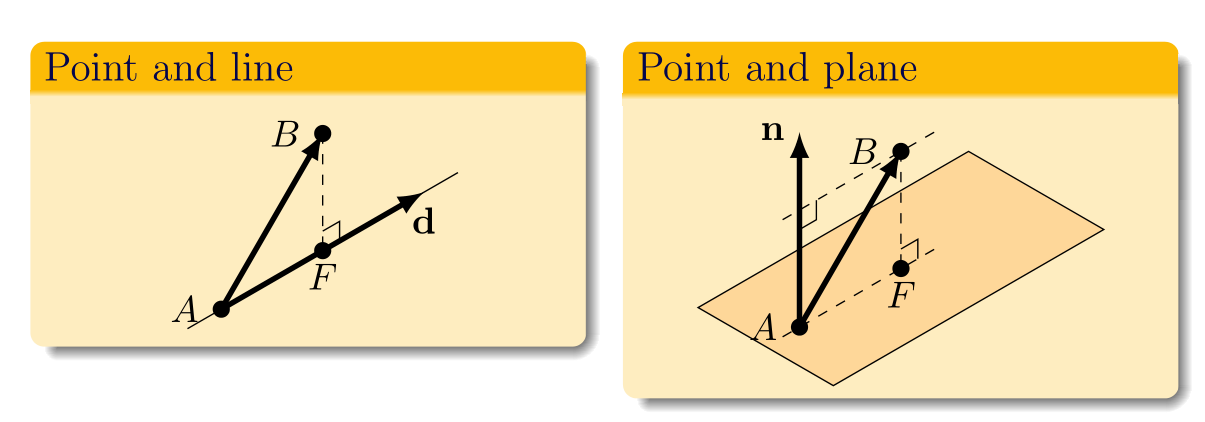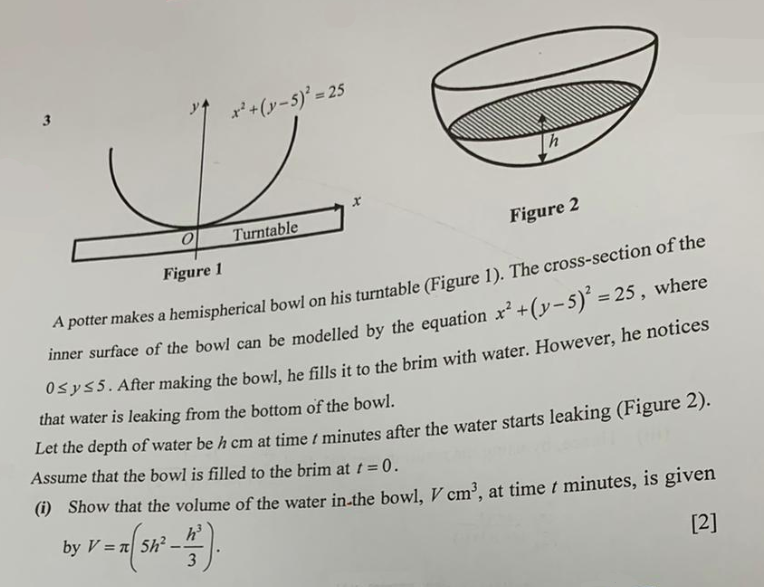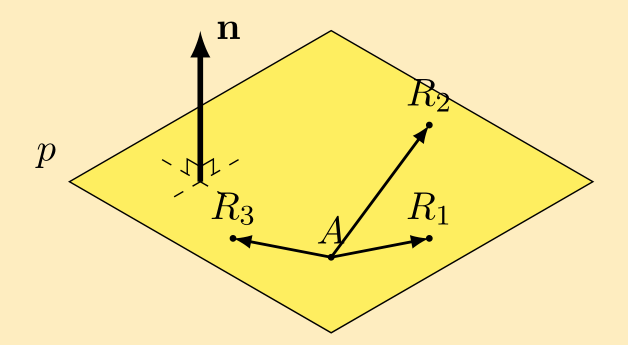I plan to wind down this site when my current plan with Dreamhost ends in the middle of the year. It’s been a really interesting journey:
– Creating pdf solutions with LaTeX and uploading them to my free wordpress site
– Getting my first paid hosting, first at mathelement.com (no longer in use) and now at adotb.xyz
– My first attempts at web programming are the hacky “randomly generated questions”. Looking back I marvel at how it managed to work with the amount of trial and error it must have taken to modify the MathJax demo code into a wordpress environment and with my non-existence knowledge of the web platform, DOM and all
– Even after working on more modern JavaScript frameworks the simplicity of the file upload in the wordpress ecosystem is still something I occasionally rely
I’m not sure if I will retain/transfer the domain (it will be a nice place to move 3d-vectors.vercel.app to, but I think unifying everything under the Mathlify name may be better?). And with these last dying embers I invite you to check on my latest work. Hopefully I’d get around to it, but my current main work on math-repo.vercel.app and math-pro.vercel.app will eventually be moved to my main domain mathlify.com









You must be logged in to post a comment.